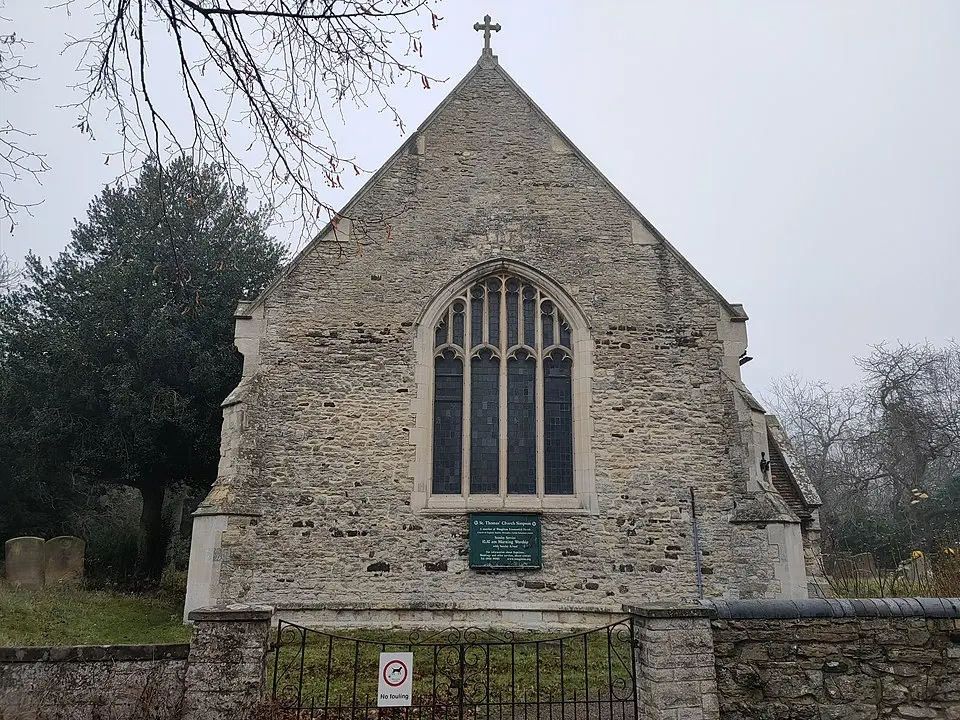Title: Simpson: From Saxon Times to Modern-Day
Simpson, a village in Milton Keynes, has a rich history that spans centuries. Its beginnings can be traced back to Saxon times when a man named Sigewine owned a farm here. Over time, Sigewine’s tun evolved into the Simpson we know today.
The name Simpson originates from Old English and means ‘Sigewine’s farm or settlement.’ It was mentioned in the Domesday Book of 1086 as Siwinestone. The village church, St Thomas, was built in the early fourteenth century and is still standing today. Its historical features include a hagioscope, or leper-squint.
Despite its ancient roots, Simpson has undergone significant changes over the years. In the mid 19th century, the village was described as “in appearance, one of the most wretched of many miserable villages in the county.” However, through the efforts of Mr. C. Warren, the main road was raised by 3 and a half feet, alleviating the issue of flooding in the village.
By the 20th century, Simpson had become a small village with about sixty homes, a Post Office, a general store, a pub, a bakehouse, and a forge. Ashland, another village in Milton Keynes, is perhaps best known for the original Milton Keynes Stadium, a greyhound racing track that was demolished in 2006 to make way for new housing developments.
Today, Simpson is a thriving village within Milton Keynes. While it has come a long way from its humble beginnings as Sigewine’s tun, Simpson’s rich history continues to be an important part of its identity.
